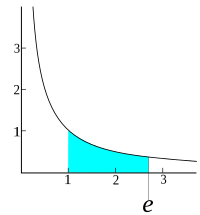
Photo from wikipedia
PURPOSE To evaluate and compare the prevalence and severity of dry eye disease (DED) among patients on atypical antipsychotics with controls. METHODS This cross-sectional study was conducted on patients who… Click to show full abstract
PURPOSE To evaluate and compare the prevalence and severity of dry eye disease (DED) among patients on atypical antipsychotics with controls. METHODS This cross-sectional study was conducted on patients who were on atypical antipsychotic therapy (study group) and matched controls (control group). Prevalence of DED was assessed using tear break up time. Statistical analysis was done using SPSS. Chi-square test and t-test were used. p < 0.05 was taken as the level of statistical significance. RESULTS Prevalence of DED was significantly more in study group. Polytherapy group has significantly high DED compared with monotherapy. Among monotherapy, clozapine had highest prevalence of DED (p-0.013) and among the polytherapy, clozapine-quetiapine had highest prevalence of dry eye. CONCLUSION Prevalence of DED was higher among antipsychotics than the normal population, and in polytherapy than monotherapy group. The patients on clozapine (monotherapy) and clozapine with quetiapine (polytherapy) had highest prevalence of DED.
Journal Title: Ocular immunology and inflammation
Year Published: 2023
Link to full text (if available)
Share on Social Media: Sign Up to like & get
recommendations!